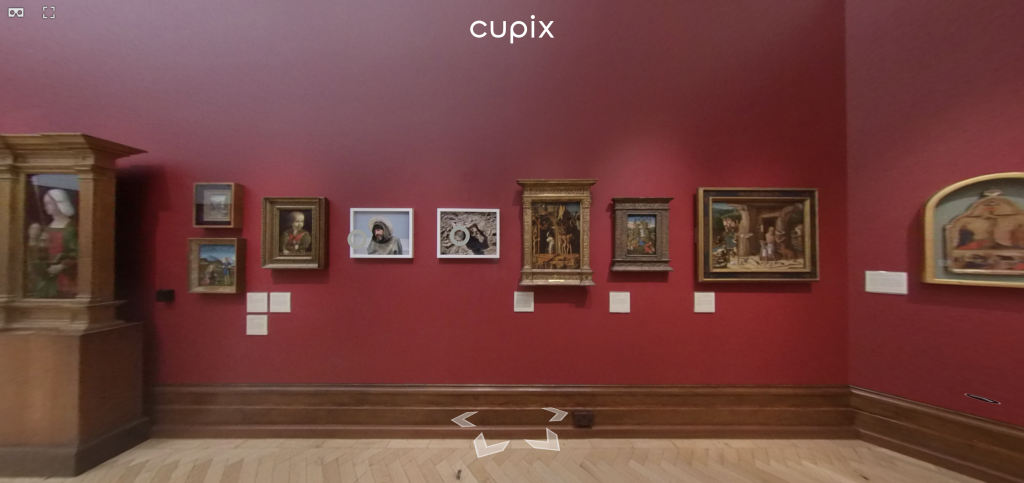Opening 18 May – 31 October 2021 | Tue-Sun 10.00-17.00
Bristol Museum & Art Gallery | Queens Rd, Bristol BS8 1RL
Sarah Waiswa, a documentary and portrait photographer based in Kenya, will be collaborating with the British Empire and Commonwealth Collection at Bristol Archives. The exhibition will showcase a selection of her contemporary portraits of African people alongside portraits from the archives in a thought-provoking display, to reframe and challenge existing narratives around colonialism, power and identity. Sarah draws heavily on the captions of the archive images in her interpretation, and one of these has been used as the title of the exhibition.

Sarah Waiswa has collaborated with the British Empire and Commonwealth Collection (BECC) at Bristol Archives to create the exhibition Lips Touched with Blood. Waiswa’s contemporary portraits of African people will be displayed alongside manipulated portraits from the archive to reframe and challenge existing narratives around colonialism, power and identity.
“This project deals with the impact of colonialism on identity in Kenya. The archival images show the power imbalance that existed between the colonialists and the natives. In the archival images, the photographers had the power to define the narrative. They presented the people in the way they saw them, and not necessarily as who they were. The Kenyans pictured are seen but not really seen. To me the people are subjects in someone else’s story and not their own. They are illustrations. The captions on the photos are a further expression of this perception. The colonialist’s research is more important than the person in the photo.

By blacking-out the subjects, I interrupt that colonial gaze and take the power away from the photographer. I hope the viewer will ask themselves “who are these people?” That is the question I wish the photographer would have asked. By juxtaposing my images of young Kenyans, I hope that the images can speak to each other. I hope that it can show a reclamation of identity. There was erasure in colonial time. This project is an attempt to reconstruct and recreate the subjects’ own identity on their own terms.’
The exhibition’s title, Lips Touched with Blood is drawn from the caption of a portrait from the archives taken in 1953. The photograph was taken after an alleged Mau Mau cleansing ceremony shortly after the Lari massacre and there is much ambiguity in both the photograph and the caption. It is not clear if the man depicted was connected to the Mau Mau and their atrocities, or if he were an innocent local resident, smeared by sensationalist British propaganda about the Mau Mau. Waiswa was drawn to this photograph as the look on the man’s face is one of power, which is absent from many images taken in the colonial period.

The archive photographs in Lips Touched with Blood are from the British Empire & Commonwealth Collection. The archive contains around half a million photographs from the countries of the former British empire, alongside film, oral history, objects and documents. The photographs date from 1860 to the 1970s, and were mostly taken by British travellers.
Sarah Waiswa is a documentary and portrait photographer based in Nairobi, Kenya. She was invited to collaborate with the archives on this exhibition as she has a particular interest in exploring identity on the African continent. Sarah had access to thousands of digitised archive images via the new BECC online catalogue, from which she made her final selection. The BECC team are working on various other projects with audiences in postcolonial countries and diaspora communities worldwide to restore as much context to their collection as possible.
















